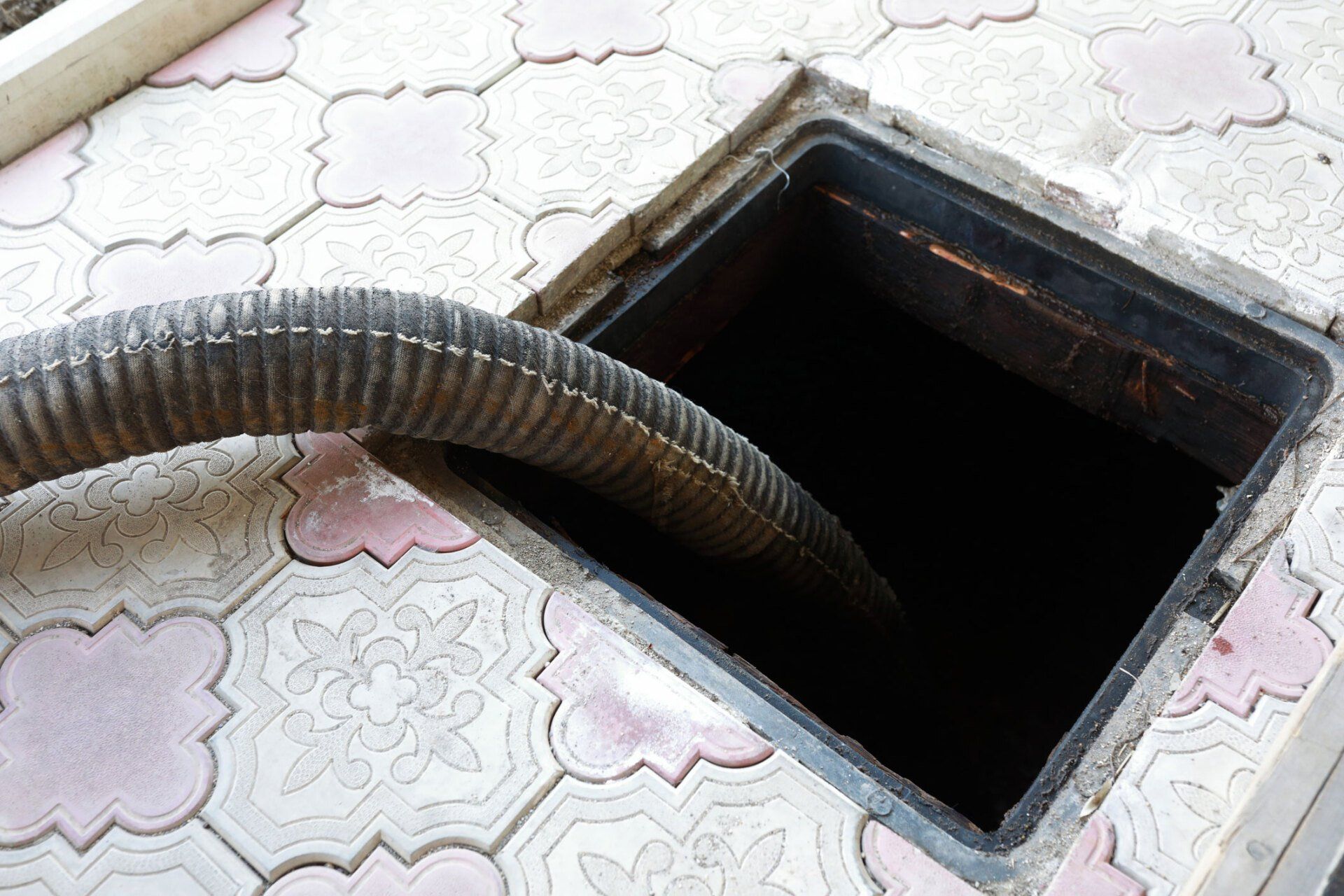Septic Procedures
Septic services are charged by increments of 1,000 gallons and every 250 gallons after that. This pricing varies by area. We require that the client provide an exact physical address at the time of the initial inquiry to provide an accurate quote.
Scheduling Professional Septic Services
When a client calls in to schedule a septic service, office personnel is responsible for inquiring about the client's septic. It includes the following:
- Type of septic system
- Exposure of the septic lid(s)
- The proper length of hose
- Any specific instructions
- Payment information
- The point of contact who will meet the service driver at the scheduled time of service
aerobic septic systems
These septic systems are typically 1,500-2,000 gallons, typically with 3 lids (2 above ground and 1 buried). This may vary from system to
system, but the services are extended in the same fashion.
- The client is required to stay on-site during the service's duration to ensure that the service is being rendered correctly, This is also to protect our driver if an issue should arise.
- Before service, the driver is to confirm that the pump is turned off. We cannot provide service while the pump is still on. This is to prevent damage to the pump, as it cannot operate without liquid. If the pump is not turned off and service is rendered, the pump can potentially burn out, placing responsibility on our company.
- The firs compartment pumped is the trash tank.
check inside your septic tank
Pumping the waste may require water to be pumped into the system first to soften the waste.
- The next compartment to be serviced will be the pump tank.
- Once the driver pumps out all compartments, the driver will ask the client to check inside the tank to see that it is empty.
- Lastly, the clarifier compartment will be serviced.
Next steps for your septic system
Although the driver is to leave the septic empty, they typically inform the client that the tank's pump compartment is to be filled with water and the clarifier compartment is to be filled halfway with water. They will also remind the client that the pump is to be turned back on once this is done and not before.
- The driver will then place the lid(s) back on the septic tank to complete the service.
AFFILIATIONS: MBE, SBE, WBE, SBE & HUB CERTIFIED
Founded in 1977, Cortez Liquid Waste Services has helped San Antonio dispose of waste cleanly and efficiently for over forty years. We are family-owned and operated, specializing in septic work and portable restroom rentals.
RENTAL SERVICES PROVIDED
PORTABLE RESTROOMS
Having a restroom on-site is essential, and
the cleanliness of that restroom should be
as well. All worksites are recommended
to observe the following practices:
-> “At least one portable restroom for every eight workers on site.”
-> Units placed with spacing to accommodate
social distancing of at least 6 feet.
-> A minimum of twice-weekly service from
your portable sanitation provider.
-> Disinfecting the unit's high-touch surfaces
(such as door handles, locks, and
toilet seats) throughout the day.
HOLDING TANKS
Having a restroom on-site is essential, and
the cleanliness of that restroom should be
as well. All worksites are recommended
to observe the following practices:
PolyPortables' 250gallon rotationally molded
polyethlene holding tank works well
in many applications. It is most often used
under on-site office trailers and has also been
used for temporary waste storage in other
locations. The low profile tank has dimensions
of 6' x 3' 11 1/2" x 18".
Four 3" clean-out ports are typically installed on each
tank, but custom tanks with as few as two ports
maybe produced. A uni-seal grommet and
threaded PVC connector are inserted in each
port. Each tank weighs 100lbs.
RECEPTACLES
50 Gallon - Size: 18x18x36" - Lbs. / Bndl: 35
-> Request a Quote
-> Clean Portable Restrooms
-> ADA Units (Handicap Accessible)
-> Construction Sites
-> Portable Hand Washing Stations
-> All Special Events, Parties, Festivals, Concerts,
& FIESTA TOO!!
HANDWASHING STATIONS
Handwash stations should be provided
on sites before and after eating and
drinking. They are used to prevent
cross-sontamination and the spread
of germs.
